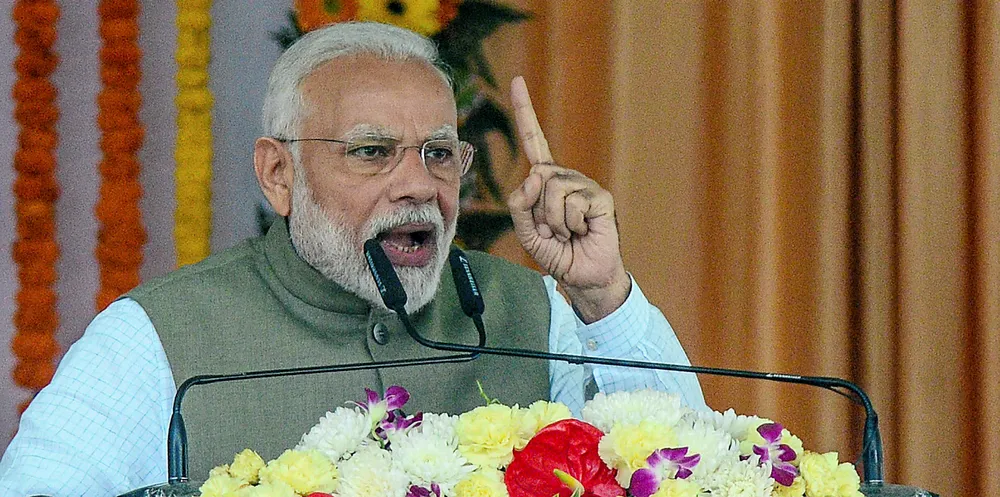Modi's mission could put Indian wind power back on level terms with solar
The Prime Minister's localisation drive may see PV's competitiveness gap vanish, just as larger turbines are making wind more competitive, writes Sidharth Jain

The Prime Minister's localisation drive may see PV's competitiveness gap vanish, just as larger turbines are making wind more competitive, writes Sidharth Jain
